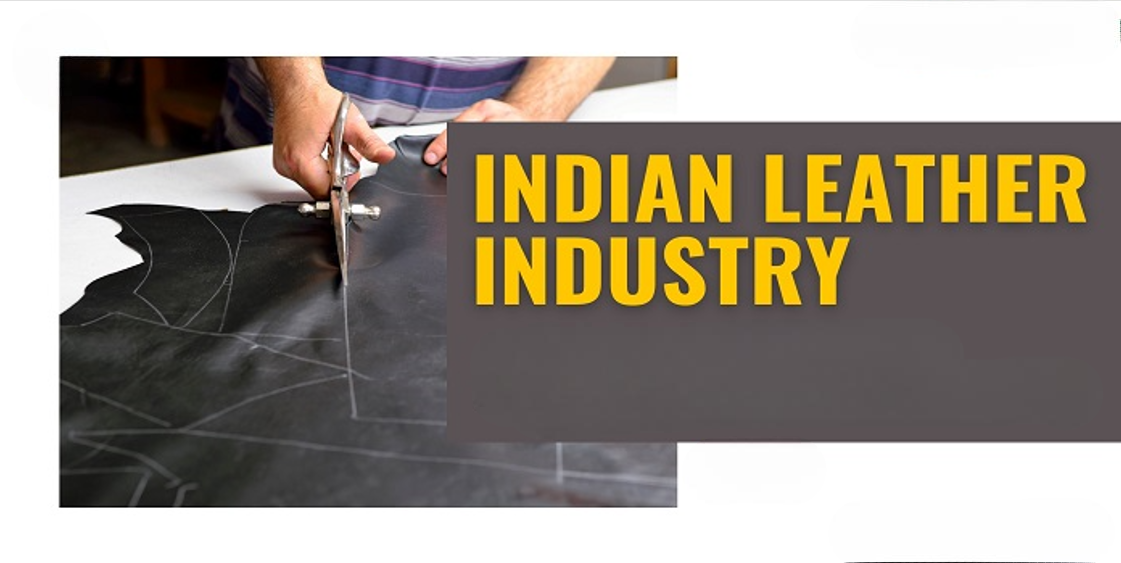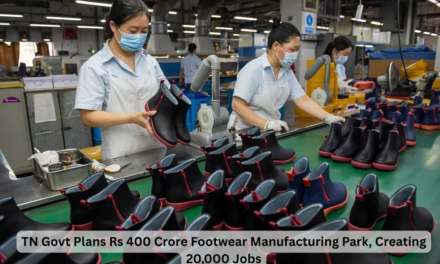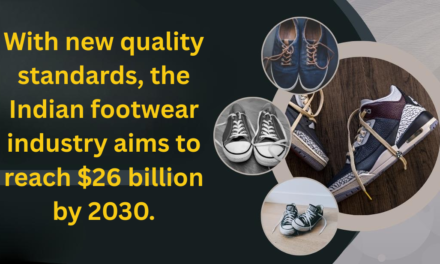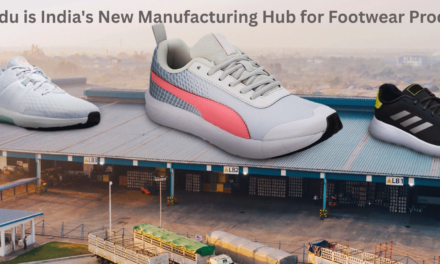India’s leather industry is undergoing a major transformation as it focuses on enhancing productivity in the aftermath of the COVID-19 pandemic. The global crisis severely impacted supply chains and reduced demand, but now, the sector is on a path of recovery, looking to boost output, quality, and global competitiveness. With the pandemic’s disruptions still fresh in mind, the industry is adopting new strategies and innovative technologies to ensure sustainable growth in the coming years.
A key factor in improving productivity is the adoption of automation and digital manufacturing tools. By integrating smart technology and AI-powered systems, manufacturers can increase efficiency, reduce production time, and maintain consistent product quality. The push for digitization is helping streamline operations, reduce costs, and improve responsiveness to market demands, ensuring that Indian leather goods remain competitive in both domestic and international markets.
Additionally, the industry is placing a strong emphasis on sustainability as a critical factor in boosting productivity. Eco-friendly leather production methods, such as vegetable tanning, are being increasingly adopted to meet the rising global demand for sustainable products. The use of plant-based leather alternatives and recycled materials is becoming a key component in improving the sector’s environmental footprint while ensuring that Indian leather manufacturers meet stringent global sustainability standards.
Another important aspect of improving productivity is the skilling and reskilling of the workforce. With the support of the Indian government and private sector collaboration, training programs are being introduced to equip workers with the necessary skills to manage advanced machinery, modern tanning techniques, and sustainable production methods. Upskilling the workforce not only enhances productivity but also helps in adapting to the ever-changing market trends and consumer preferences.
Finally, the industry is focused on strengthening supply chain resilience. Post-pandemic, Indian leather manufacturers are diversifying raw material sources and building more localized supply chains to minimize the risks of disruption. Faster turnaround times, reduced logistics costs, and more flexible operations are enabling manufacturers to meet global demand while improving productivity.
India’s leather sector is well on its way to regaining its place as a global leader in the leather industry. By focusing on innovation, sustainability, and productivity enhancement, the country is setting the stage for a brighter, more competitive future for its leather and footwear products.







